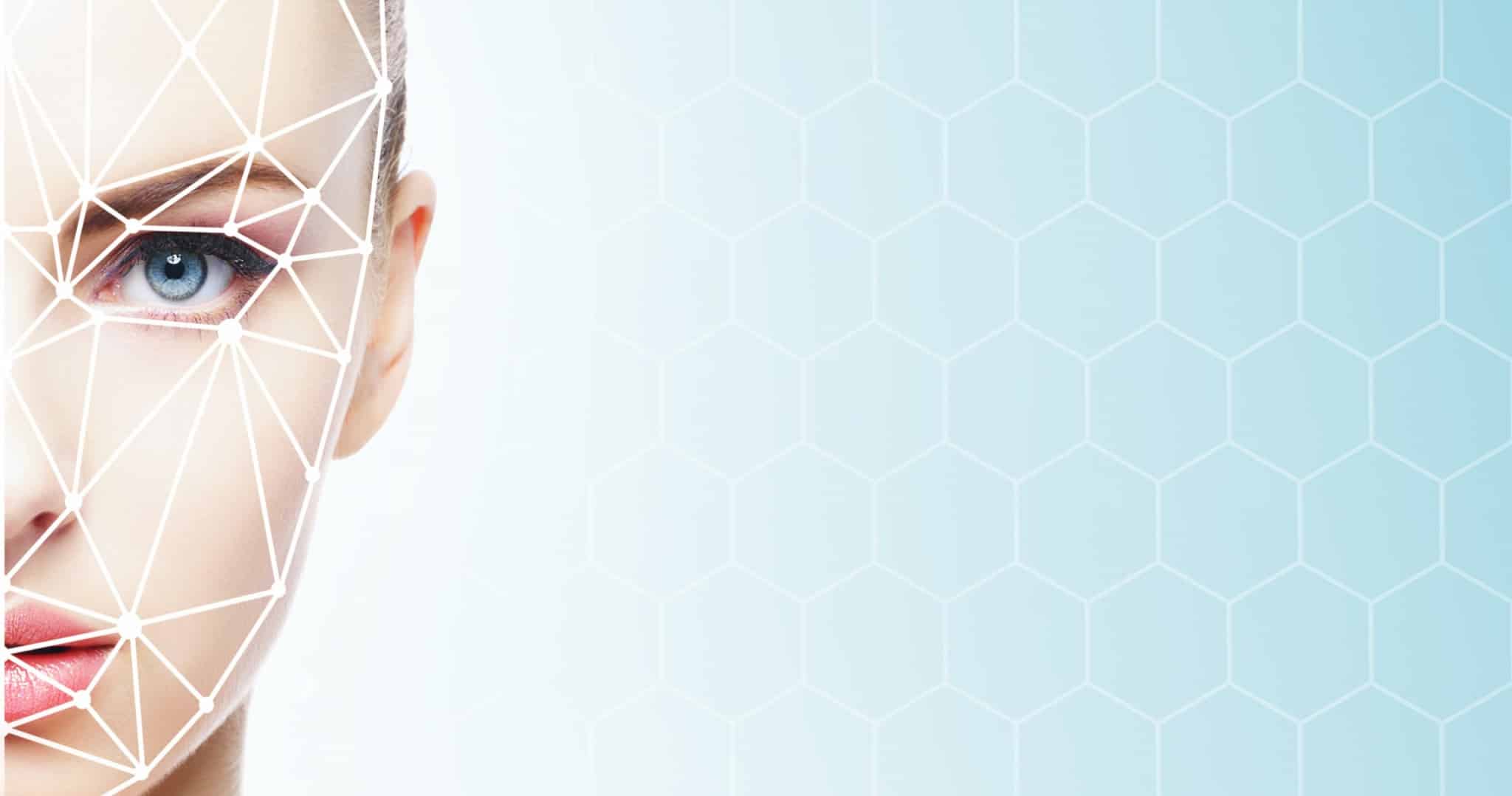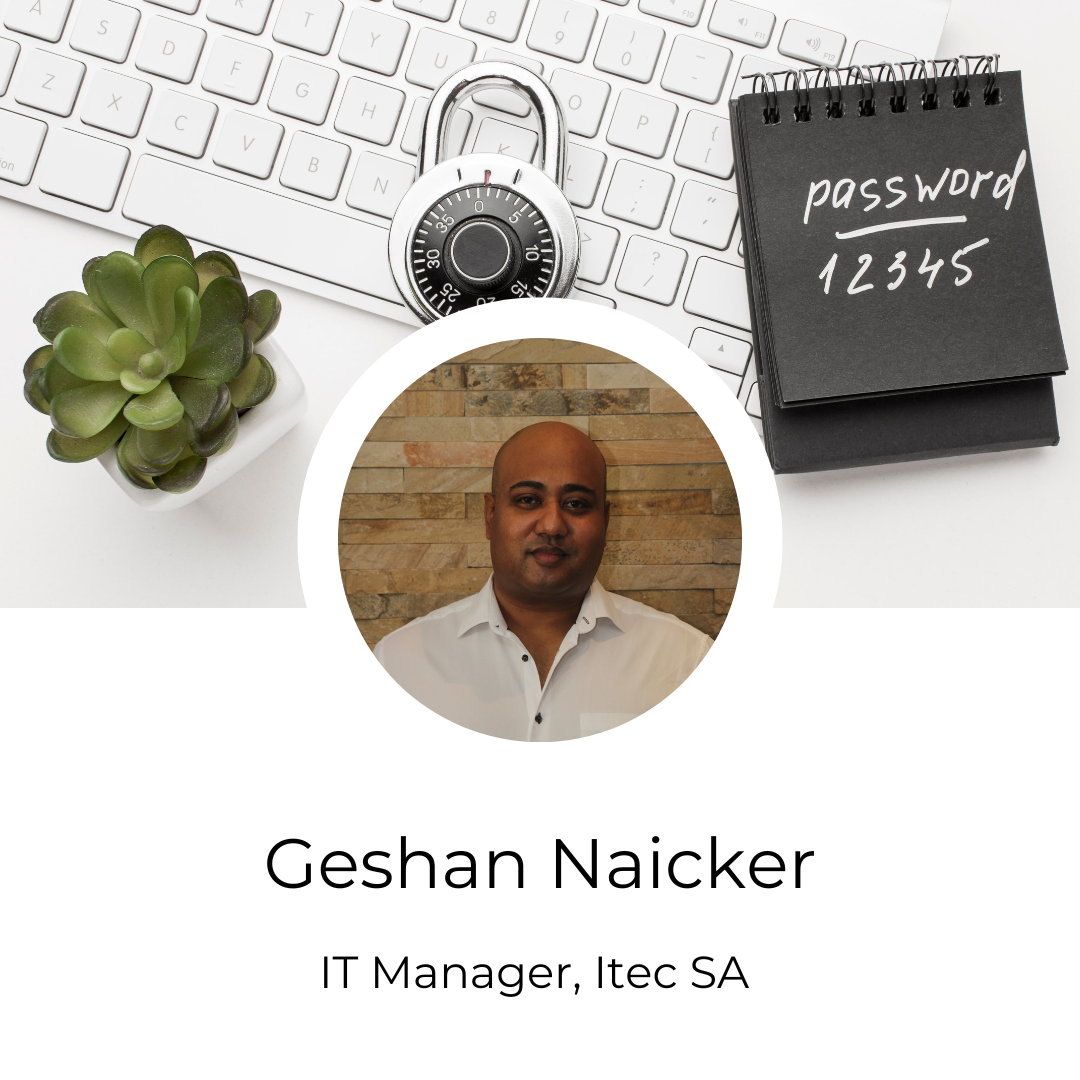 https://itecgroup.co.za/wp-content/uploads/2023/09/Wits-Case-Study-preview-banner.png
400
444
Marcele Greyvenstein
https://itecgroup.co.za/wp-content/uploads/2023/02/itec-logo-new.png
Marcele Greyvenstein2024-11-13 14:54:012024-11-13 14:54:01Wits University Case Study
https://itecgroup.co.za/wp-content/uploads/2023/09/Wits-Case-Study-preview-banner.png
400
444
Marcele Greyvenstein
https://itecgroup.co.za/wp-content/uploads/2023/02/itec-logo-new.png
Marcele Greyvenstein2024-11-13 14:54:012024-11-13 14:54:01Wits University Case StudyFacial recognition on the rise as businesses go touchless
Demand for facial recognition access control systems is booming as South African businesses scramble to provide touchless technology and eliminate touch surfaces that can spread Covid-19.
In many cases, these systems are combined with thermal screening technologies that enable temperature measurement, while also providing a fully auditable logbook of every person who enters and leaves a building, says Neal Harvey, a security solutions consultant at Itec SA.
“There’s been a clear increase in demand for touchless access control solutions since the pandemic hit. Key card access control systems and even fingerprint readers are quickly becoming obsolete: cards get lost or misplaced, and nobody wants to touch a biometric reader in a time of Covid,” said Harvey.
Facial recognition as a biometric identification solution has matured over the last few years, making it an affordable alternative to traditional card and fingerprint readers. It has the added benefits of being contactless, and cannot be lost or passed on, making it more secure than some legacy access control systems. This advancement in technology has also made visitor management more secure, with the ability to do visitor registrations online instead of visitors having to fill out paper-based forms.
Another game-changer for local businesses is the adoption of cloud-based access systems. Traditional access control systems are expensive, requiring servers, wiring and annual software licensing. Cloud-based access control brings secure access within the reach of most businesses by offering a subscription-based model, with the software hosted in the cloud and managed by a third-party provider.
“Cloud is the future of access control, and we’re going to see this model becoming standard practice in the coming years. Businesses don’t need to hire IT people to manage the system anymore or worry about scheduling updates and maintenance. They also get the flexibility of being able to grant or modify access credentials from a single database that is remotely accessible,” said Harvey.
There has also been a rise in multi-factor authentication, which requires the use of more than one credential to gain access. Once reserved for high-security and critical infrastructure facilities, companies are starting to explore various combinations of authentication, like combining facial recognition with mobile credentials, for example.
“The bottom line is that no two companies’ requirements are the same. They’re all looking for flexibility, safety, and convenience, and technology that prioritises user health and wellness across the physical and digital spaces. Facial recognition by itself is still a relatively small part of the broader security market, but as the technology that enables it becomes cheaper and more accessible, it will become an integral part of most businesses’ security arsenal,” said Harvey.












